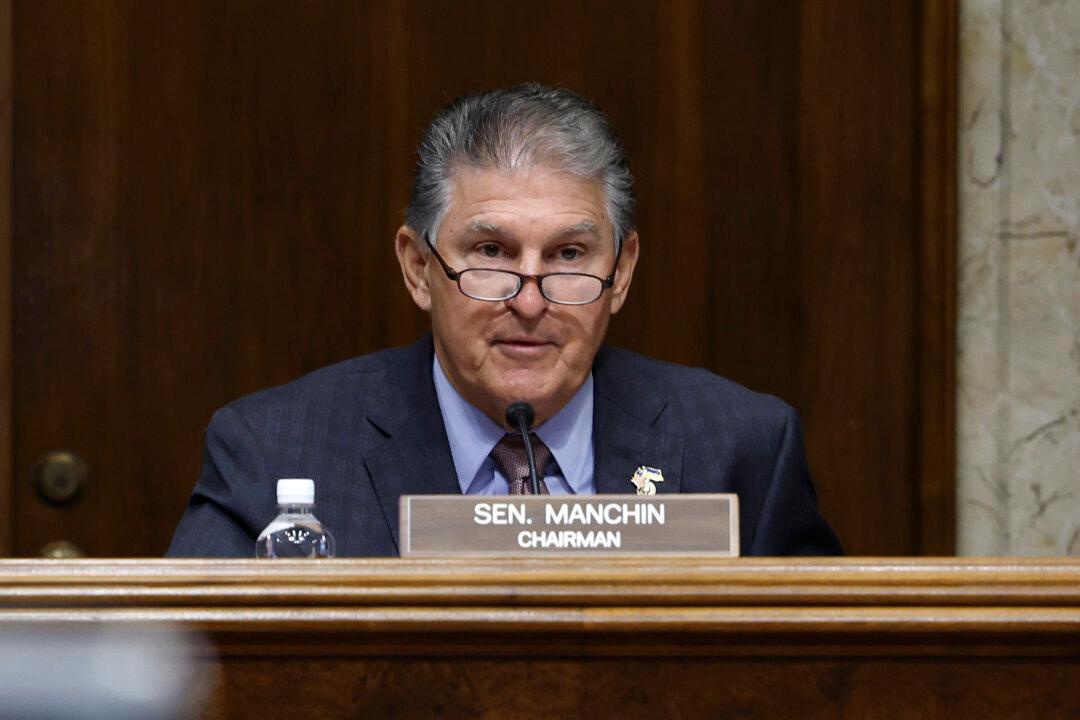Hydrogen is “the most dumb thing I could possibly imagine for energy storage,” said Tesla CEO Elon Musk to the Financial Times.
“It does not naturally occur on Earth, so you either have to split water with electrolysis or crack hydrocarbons.”

“It does not naturally occur on Earth, so you either have to split water with electrolysis or crack hydrocarbons.”